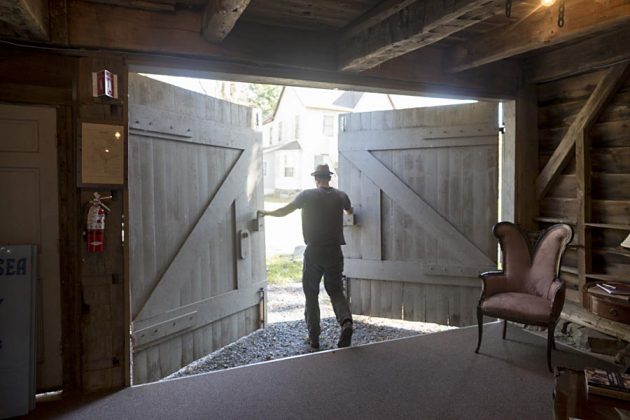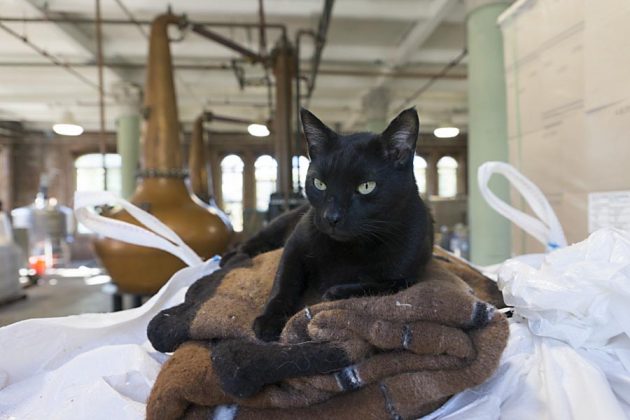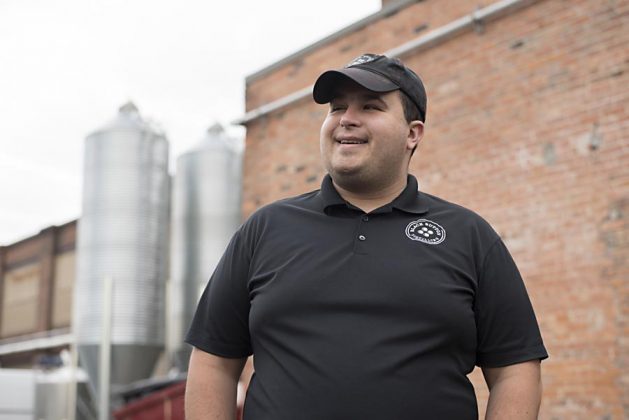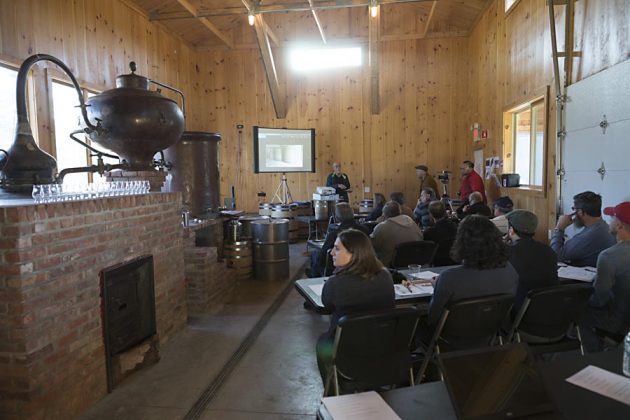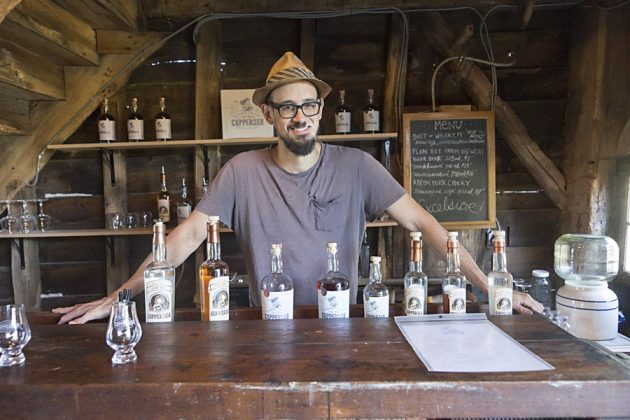A group of New York State distillers have planted a large flag in grain-to-bottle territory by launching a new whiskey designation—Empire Rye. It goes one step farther in declaring the provenance of a spirit from farmer and distiller to the liquor store shelf.
To qualify for the Empire Rye designation, a rye whiskey must meet the following requirements.
1) Conform to the New York Farm Distiller (Class D) requirement that 75% of the mash bill be New York grain; in this instance that 75% must be New York State-grown rye grain, which may be raw, malted or a combination.
2) The remaining 25% of the mash bill may be composed of any raw or malted grain, New York-grown or otherwise, or any combination thereof.
The rye must be distilled to no more than 160 proof.
3) It must be aged for a minimum of two years in charred, new oak barrels at not more than 115 proof at the time of entry.
4) It must be mashed, fermented, distilled, barreled and aged at a single New York State distillery in a single distilling season. (The period from January 1 through June 30 is the spring season, and the period from July 1 through December 31 is the fall season.)
5) A blended whiskey containing no less than 100% qualifying Empire Rye whiskeys from multiple distilleries may be called Blended Empire Rye.
Six New York State distilleries (Coppersea Distilling, Kings County Distillery, Black Button Distilling, Tuthilltown Spirits, New York Distilling Company and Finger Lakes Distilling) created the term and filed a certification mark with the United States Patent and Trademark Office. New York distilleries that meet the qualifications can apply to use the mark on their bottles.
Two more distilleries—Yankee Distillers and Van Brunt Stillhouse—were already making rye whiskey to the standard and able to join in the launch. An additional seven distilleries have already committed to producing and releasing a qualifying whiskey within two years. Those include Albany Distilling Company, Black Dirt Distillery, Upstate Distilling Company, Stoutridge Distillery, Southern Tier Distilling Company, Nahmias et Fils and Prohibition Distillery.
In a fraction of the amount of time it takes to get the federal codes changed, the Empire Rye Whiskey Association has taken a dramatic step in distinguishing grain-to-bottle distillers as separate from blending-and-bottling operations, and created an appellation that can be used to define the terroir of their region.

